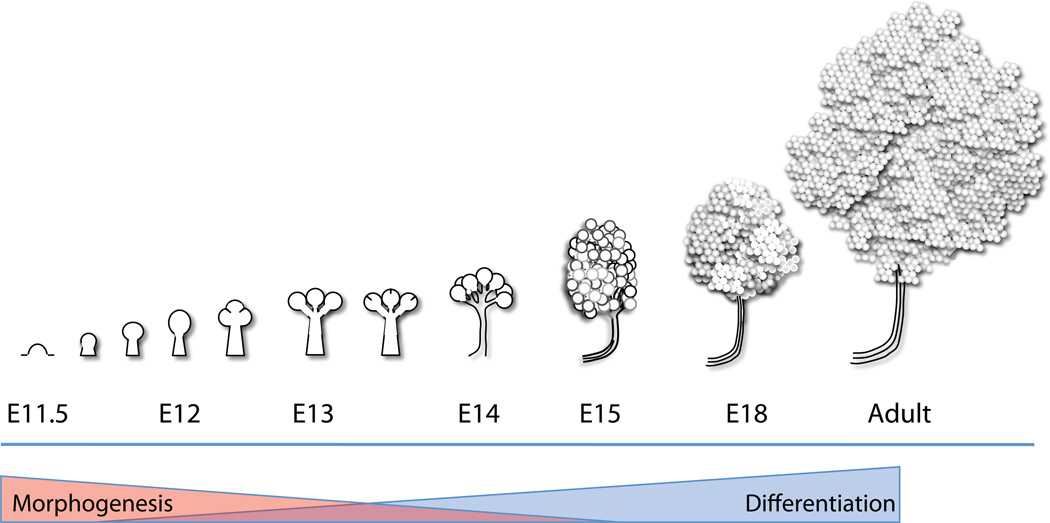Figure 1. Overview of salivary gland development.
The submandibular salivary gland undergoes branching morphogenesis, beginning as a protrusion from the oral epithelium at E11 that forms a solid primary bud on a stalk by E12. The primary bud undergoes an iterative pattern of cleft formation followed by duct outgrowth and bud expansion to produce the acini and ducts of the adult gland. As the process of morphogenesis attenuates during development, cell differentiation increases to produce the complex assembly of cells that comprise the adult gland. Not drawn to scale, and some details are excluded for simplicity.

